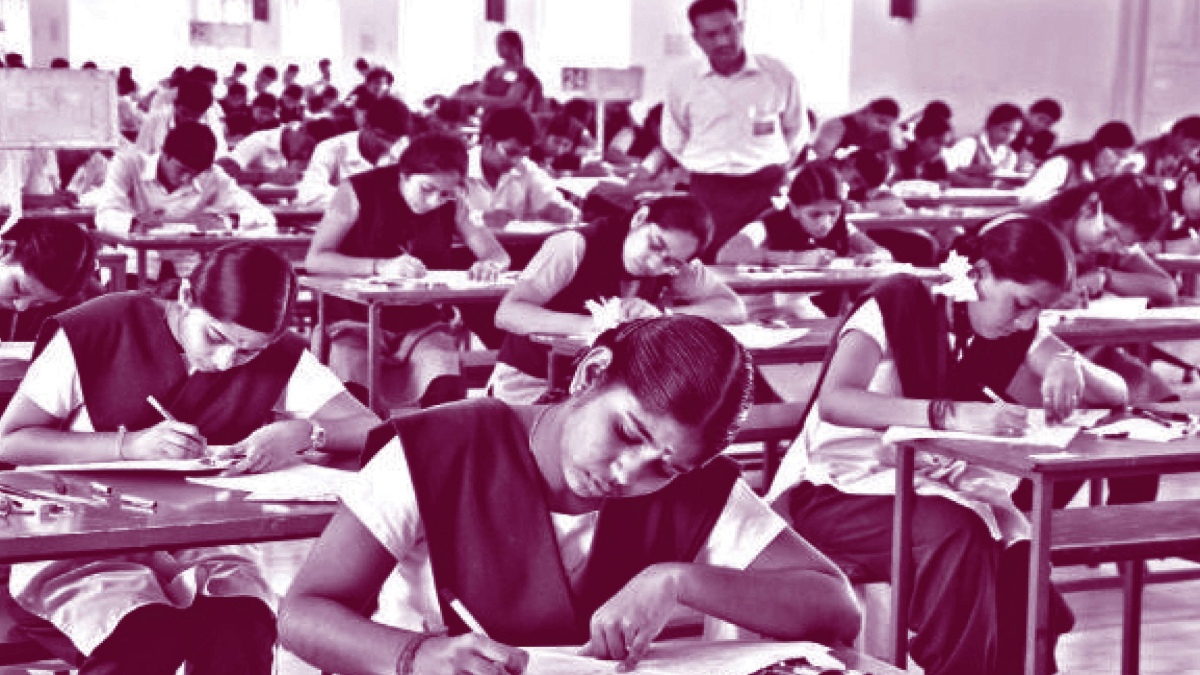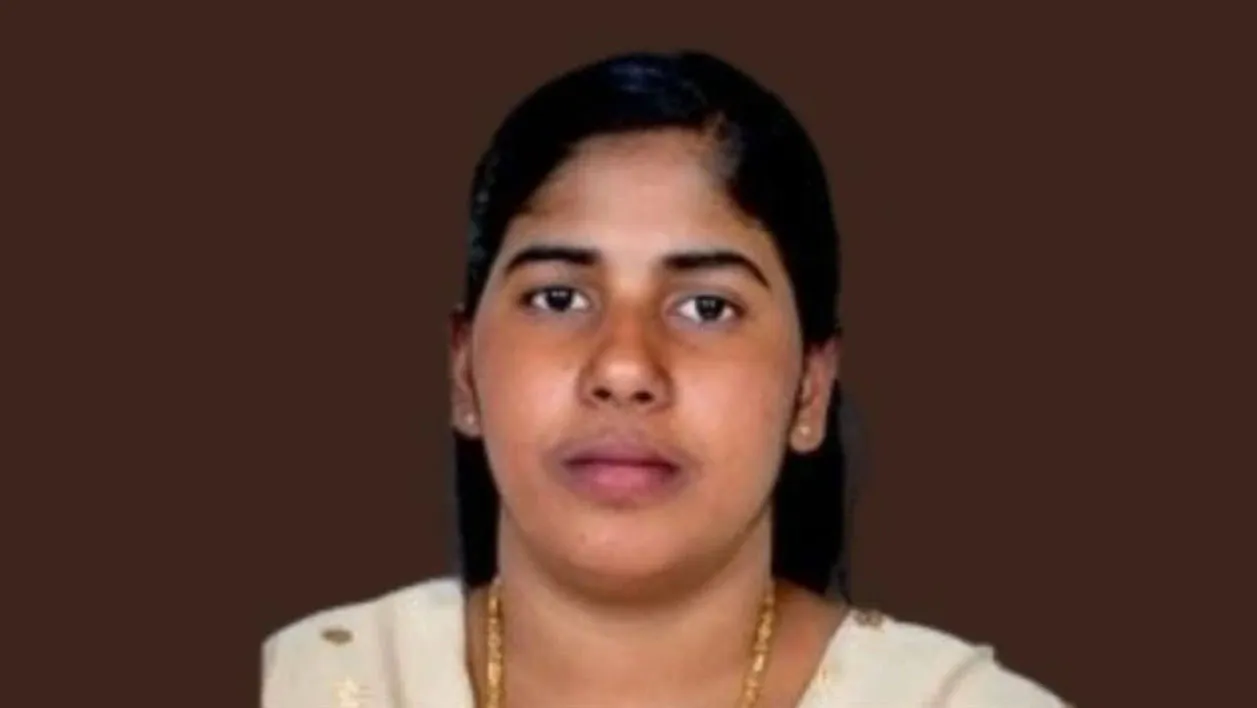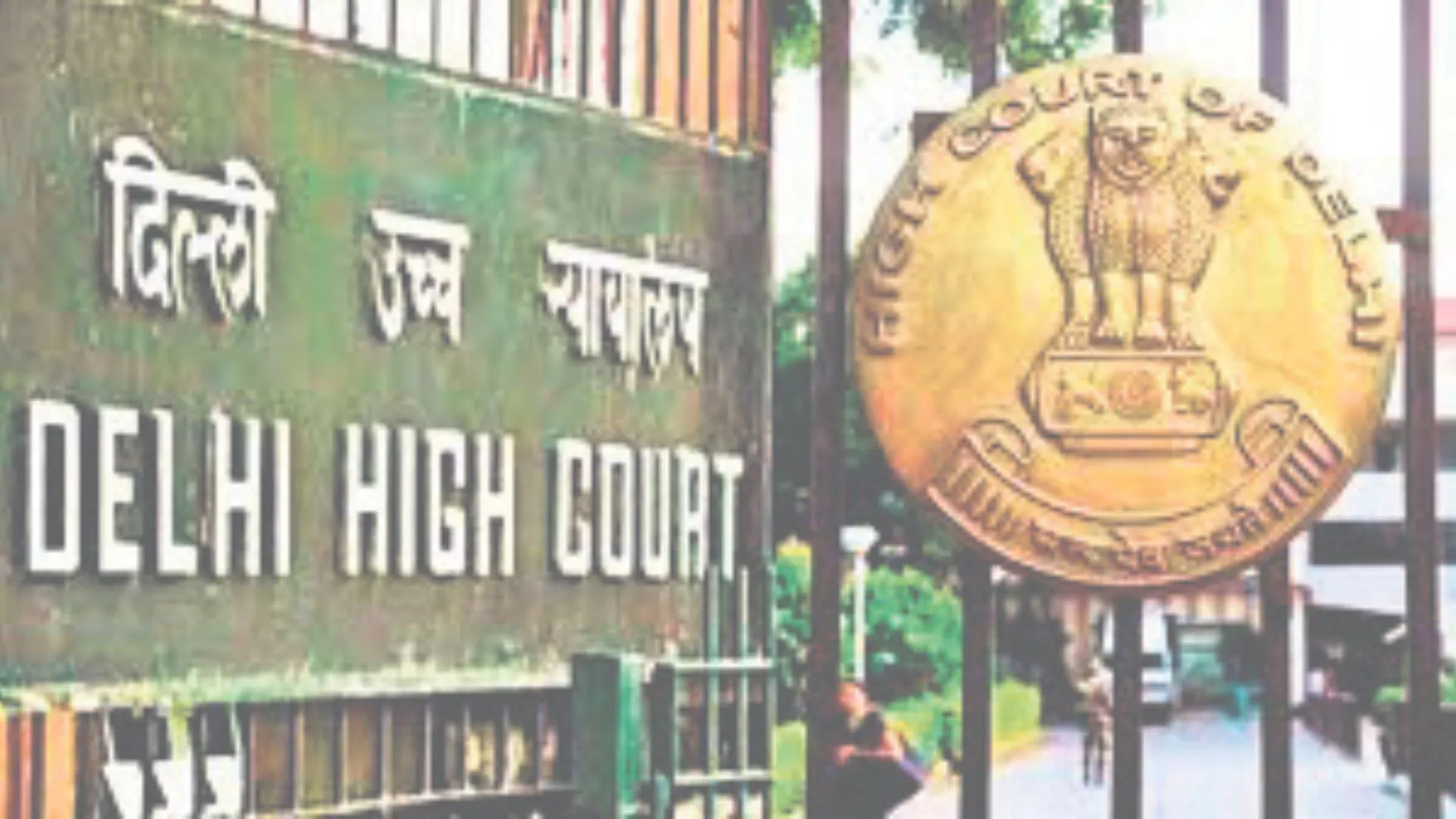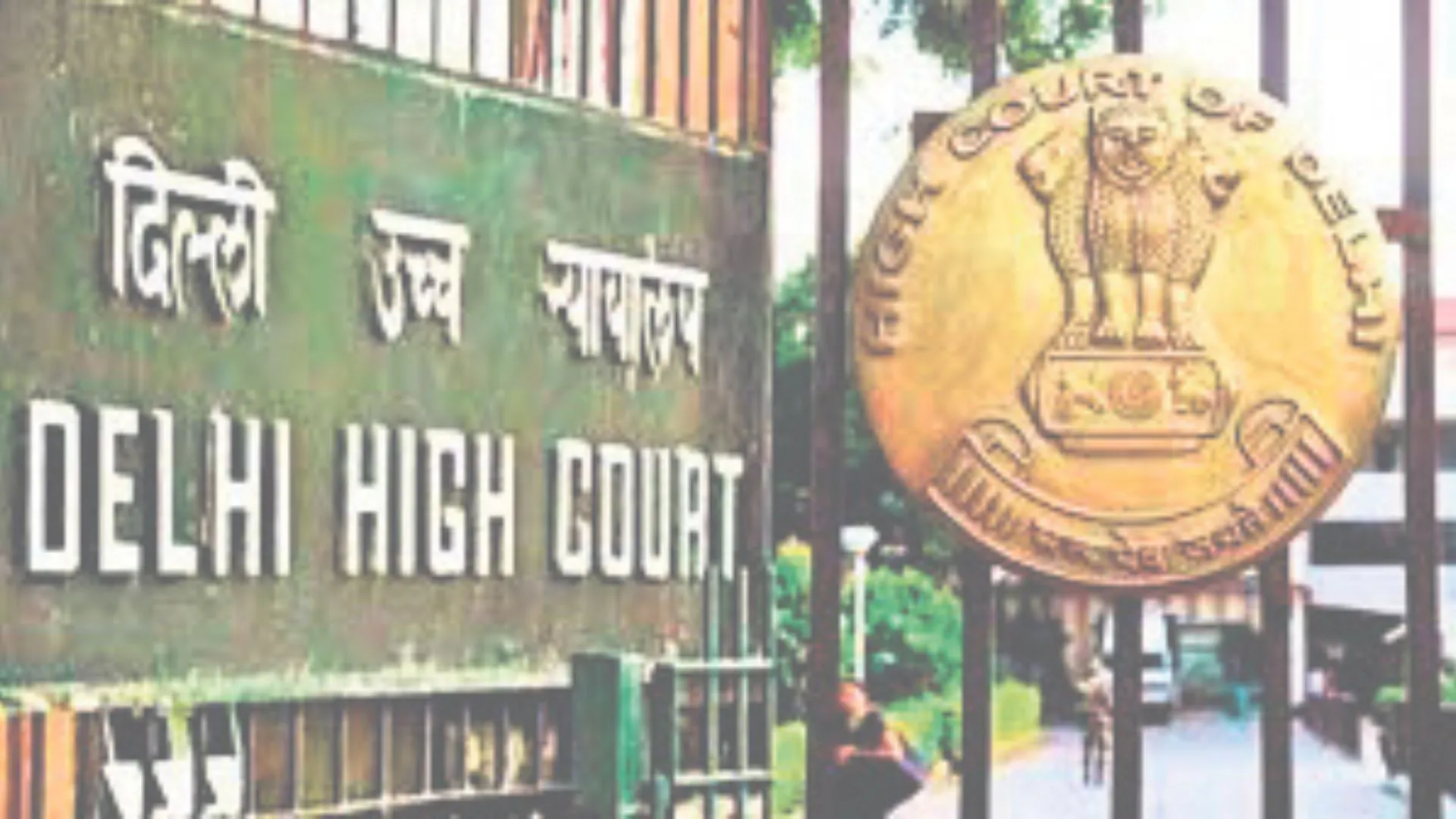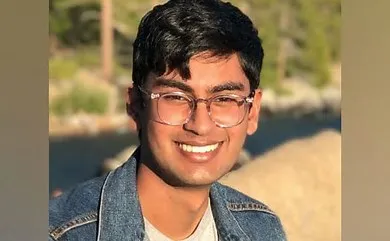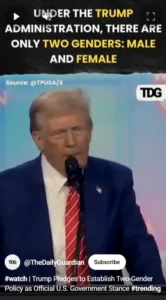The National Education Policy (hereinafter referred to as “NEP”), approved in July 2020, has espoused notable changes in the education system in India. The committee headed by former ISRO Chief K. Kasturirangan has advocated a holistic approach to address the incumbent challenges that are being faced by the marginalized sections of the society. It is aiming at a complete restructuring of academia with the cardinal intent to ensure equity and inclusivity. Deliberating on the issue of cultural and economic inclusivity, it would be prudent to analyze the surrounding factors associated with the aspects of digitization, language, and privatization in the sector of education.
Delving into the aspect of digitization, this policy has called for substantial investment for upgrading the digital infrastructure and for establishing digital repositories, online teaching platforms, high-quality online content, and so on. The policy has strongly addressed the significance of technology and has intended to introduce the pedagogy for online teaching and learning. The National Educational Technology Forum (NETF) is an innovative component of the policy through which the field of research has been centralized and which aims to channelize the dissemination of academic information.
The aforementioned issue is sorely affected by the aspect of accessibility that is strongly hindered by the pre-existing rural-urban divide. Digital education is not only about lecture videos but also about the various digital platforms, technology, tools, interactivity, curation, content, and a lot more. The lack of resources to provide digital education will further make the rural versus urban divide even stronger on account of absent or inefficient internet connectivity in the rural areas. According to data released by the National Sample Survey Office (NSSO), only 4.4% of rural households and 23.4% of urban households own computers. Out of which only 14.9% of the rural households have an internet connection in their computers. It was quite surprising to note that 70% of the rural population lacks access to an active internet facility, as per a report by Nielson in 2019. The NITI Aayog in one of its reports, namely “Strategy for New India@75” had asseverated that more than fifty-five thousand villages are in need of mobile network coverage. The factual scenario has been largely overlooked, and the present allocation of funds to the sector would not suffice for such drastic infrastructural change. The ongoing pandemic situation has highlighted the glaring inequalities among the array of opportunities for learning and educational support.
In the landmark case of State of Tamil Nadu & Ors. v. K. Shyam Sunder & Ors., it was held that “There has been a campaign that right to education under Article 21-A of our Constitution be read in conformity with Articles 14 and 15 of the Constitution and there must be no discrimination in the quality of education….” Going by the aforementioned dictum, it is an obligation on the State to effectively repress any form of inequality that might emerge out of its policies. Addressing the digital divide in the nation, there have been notable suggestions of the use of television and radios for the broadcasting of educational programs but how far will it be successful in bridging the digital gap is still a matter of concern.
In consonance to the first NEP, the continuance of the Three-Language Formula (hereinafter referred to as “TLF”) is a notable feature in the present NEP, 2020, which recommends mother tongue as the prescribed medium of instruction. According to the Census released in the year 2011, there are 270 identifiable mother tongues; however, only 47 of them were used as mediums of instruction in Indian classrooms as per a 2017 study. It is not feasible for teachers to impart lessons in so many languages as students often have different mother tongues. It is not a viable option for those children whose parents have transferable jobs. Moreover, students often migrate to other States as well as other countries to pursue their higher education and under such a scenario, it is imperative to have a common language for classroom interaction. Most of the academic resources are available in English which makes it all the more important to have a good grasp of the subject. Even within the country, it is not feasible for every university to have faculties who can explain in so many regional languages. The aforementioned contentions portray the problems that shall be created due to the implementation of TLF.
While the government intends to upgrade the education system and match it to the global standards, making English optional is worrisome for the reason that English is a global language. It is important to formulate the academic curriculum in consonance with the requisites imposed by the industries. From a perusal of the basic requisites imposed by the employment sector, it is discernible that candidates who are affluent in English have always been preferred and such requirement is mandatory in the majority of jobs, especially in the corporate sector. This is the cardinal reason why parents strive to get their wards enrolled in an English medium school. Although the policymakers had the intention to make way for the vernacular subjects, one also needs to consider the opportunities available. From such a viewpoint, the dominance of English is quite vivid, and people with no access to English are often excluded from all spheres of socio-economic and political life. Any form of detachment from English will thus create a huge disparity among the students.
Another striking facet of the policy is its attempt to shore up the involvement of private bodies, which was once criticized when brought forth by the policy of 1986. The concept of “alternative models of education” has eased the statutory restrictions and has thereby created a convenient road map for the “non-governmental philanthropic organizations” in the establishment of schools. To establish private schools, the policy has not sufficiently emphasized the strict adherence to the various norms enumerated in the Right to Education Act (hereinafter referred to as “RTE Act”). As a consequence, certain states like Himachal Pradesh which had done away with one teacher schools will again be pushed back into promoting such educational inequity. This aspect brings forth a reasonable apprehension that certain individuals camouflaged under the garb of the term “public-spirited private” might misemploy the provisions of the policy to proliferate their profits. The policy has inconspicuously made enough room for them as it states, “…the encouragement and facilitation of true philanthropic private and community participation.”
Furthermore, extending the scope for autonomy will empower the colleges to initiate self-financed courses and indiscriminately enhance the fee structure. This unhindered authority will promote inequality within the sector, which will surely affect the outreach of higher education among the lower class. Government scrutiny, coupled with strict regulations is of paramount importance to ensure a preventive and punitive framework to subvert any high-handedness by the private bodies.
Deliberating on the schooling system, it has been observed that the majority of government schools have been infamous for their outdated infrastructure, the dearth of well-equipped laboratories, and lack of opportunities in non-conventional subjects. These factors cumulatively compel the students to opt for private schools which charge significantly higher than the government ones. In India, at least 45% of the school enrolment is in private institutions. For the professional courses, 72.5% of the undergraduates are enrolled in the private sector while for the post-graduate students it is 60.6%. The above statistics substantiate the high dependency of parents on private institutes which makes it all the more important to cap the educational charges, otherwise, quality education shall remain a privilege accessible only by the rich and the urban middle-class students. Although some states like Gujarat have passed laws to regulate the fees chargeable by private schools, it still imposes a financial burden on the majority of the Indian population. Under such a scenario, the policy should have ensured drastic improvisation in the government schools and institutions so that the commoners considered them at par with the modern private institutions. Privatization will upgrade the quality of education in the country, but it will not cut the Gordian knot which led to the enactment of the RTE Act. To substantiate further, it would be appropriate to bring forth the views of the United Nations Special Rapporteur on the Right to Education, Mr. Kishore Singh, who had stated that, “Privatisation negatively affects the right to education both as an entitlement and as empowerment. It breeds exclusion and marginalization, with crippling effects on the fundamental principle of equality of opportunity in education.” Instead of privatization at such a large scale, it would have been more pragmatic if education at all levels could have been enclosed as a legal right. Without this, this imminent commercialization of education is bound to affect the Constitutional ethos of equality and inclusivity.
The apparent outcomes of the policy seem contradictory to the goal of ensuring quality education to all. In a country where nearly 50% of the students depend on free education, the increasing intervention of corporates in the education system is not a viable remedy to its core problems. Moreover, the implementation of TLF will lead to several difficulties, as this formula is an outdated solution to multilingualism and to the idea of having a connecting language in this diverse linguistic demography called India. Thereby, the policy appears to be antithetical to the very core idea of inclusivity.
The continuance of the Three-Language Formula is a notable feature in the present NEP, 2020, which recommends mother tongue as the prescribed medium of instruction. According to the Census released in the year 2011, there are 270 identifiable mother tongues; however, only 47 of them were used as mediums of instruction in Indian classrooms as per a 2017 study.

